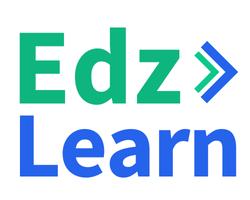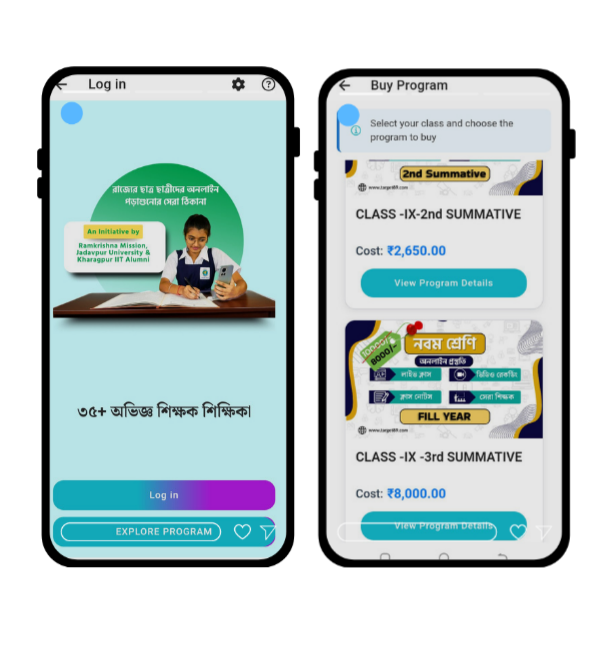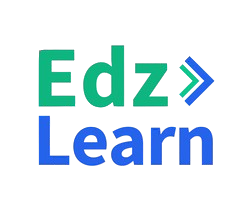Why Engagement Needs a Reboot in E‑Learning
E-learning platforms have revolutionized access to education—anytime, anywhere, on any device. Yet despite this, many learners still struggle with motivation, relevance, and focus in online learning environments. In a world full of distractions—social media, texts, streaming—how do you keep learners genuinely hooked?
The answer increasingly lies in Artificial Intelligence (AI). AI isn’t just a nice tech splash—it’s a catalyst that transforms static online courses into dynamic, adaptive learning experiences. With AI, learner engagement shifts from passive consumption to active participation, from low completion rates to meaningful progress.
In this blog, we explore 5 key ways AI enhances engagement in e-learning. We’ll dive into real-world examples, data insights, and best practices that can help education platforms, corporate trainers, and institutions harness AI to create lasting learner impact.
1. Personalized Learning Paths: Tailored Journeys for Every Learner
Traditional e-learning often assumes that everyone starts and progresses at the same pace. This misses the core truth: every learner is different. Personalization is not a feature—it’s the future.
Why It Matters
- Different learners absorb content differently
- Skill levels and backgrounds vary widely
- Personal relevance increases commitment
How AI Enables Personalization
- Learner profiles track performance, interests, and behavior
- Algorithms determine next modules, resource formats, and depth
- Learning paths can change dynamically as users progress or get stuck
Real-World Example: Duolingo
Duolingo adapts each lesson in real time. Make a grammar mistake? You’ll get more practice on that concept. Score perfect? You’ll get more challenging content. This micro-adaptive model keeps learners both challenged and supported.
Designing Your Own AI Pathing System
- Break content into concept-based modules
- Tag each module with metadata: difficulty level, learning style, prerequisites, multimedia type
- Use thresholds to assign learners to different resource tiers
- Sandbox adaptive paths and measure completion/flow
Engagement Impact
Personalized journeys reduce frustration by meeting learners where they are. According to research, tailored learning can boost retention rates by 30–60% and decrease boredom and drop-off significantly.
2. Intelligent Content Recommendations: The “Netflix Effect” for Learning
Imagine landing on an online course only to be overwhelmed by endless content. Intelligent recommendations solve that.
Why It Works
- Learners don’t have time to browse aimlessly
- Relevance drives action: “This is exactly what I need”
- The more relevant the content, the more likely learners stay engaged
AI Mechanics
- Collaborative filtering: Matches learners with content liked by peers
- Contextual filtering: Suggests modules based on performance gaps
- Hybrid models combining user history and behavioral analytics
Example: Corporate Sales Certification
A sales rep who struggles with closing techniques can automatically receive case studies, video tutorials, and peer tips on negotiation.
Implementation Tips
- Analyze completion path vs drop-off points
- Recommend in-app, via reminders, or chatbots
- Personalize on dashboards and email updates
- Offer “next steps” based on skill leveling
Results & Engagement
Platforms using smart recommendations report 20–40% higher session durations and 2–3x more secondary content consumption. Learning becomes a journey—not a checklist.
3. Real-Time Feedback & Smart Assessments: Immediate Learning Benefits
Nothing kills motivation like waiting days for assignment feedback—or worse, never getting one. AI-driven assessments can reshape that.
Why Instant Feedback Matters
- Supports the brain’s natural learning cycle
- Ties results to action, cementing retention
- Builds positive habits and momentum
How AI Powers It
- Auto-grades MCQs, fill-ins, and basic problem-solving
- Uses NLP to analyze essays and short answers for structure and coherence
- Highlights conceptual gaps and offers check-ins with follow-up tasks
Real-Life Use: Gradescope
Instructors grade essays or assignments quickly while the system auto-scores formatting, grammar, and logic. This combo saves weeks and allows nuanced personalized feedback.
How to Integrate
- Start with automated MCQs, then expand to short AI-evaluated inputs
- Embed mini quizzes in learning paths
- Provide instant test hints or explanations when mistakes occur
- Maintain instructor review to preserve quality and balance
Engagement & Outcomes
Research shows that real-time feedback improves completion rates by up to 35% and helps learners feel seen and supported—boosting confidence.
4. AI-Driven Virtual Assistants & Chatbots: Always-On Support
Engagement depends on feeling supported. AI-powered chatbots deliver real-time assistance, transforming help desks into advisors.
What Makes Them Effective
- Round‑the‑clock availability
- Fast info without email fatigue
- Emotional prompts (“You’re doing great!”) that motivate
Capabilities
- Answer course questions and share resources
- Provide reading progress summaries and recommendations
- Offer guided reminders for deadlines or goals
- Detect stress or drops in morale with support nudges
Example: Georgia Tech’s Jill Watson
Originally launched as a virtual assistant in their AI course, Jill answered over 40,000 student questions seamlessly. Students rated her responses as helpful and human-like, boosting satisfaction in online forums.
Chatbot Deployment Tips
- Start by handling FAQs, course logistics, and content queries
- Monitor usage trends to identify what’s missing
- Use escalation when learners need human intervention
- Collect feedback to train the bot on more nuanced support
Engagement Impact
Courses integrated with chatbots report a 20–25% increase in student logins and a 10–15% boost in module completion. Learners are more likely to persist when they have someone to ask.
5. Predictive Analytics: Nurturing Learners Before They Drop Out
The most powerful AI use isn’t in content—it’s in prevention. Predictive insights allow early interventions and tailored support.
Why It’s Critical
- Predict and prevent up to 80% of drop-outs
- Personalized nudges feel supportive, not forceful
- Saves time and improves ROI for educators and managers
How It Works
- Algorithms analyze behavior: login frequency, quiz scores, time on platform
- Learners flagged as “at-risk”
- Automated nudges, peer support referrals, or coach outreach triggered
- A/B tested interventions, like peer mentoring or booster content
Case Study: Purdue University
A platform flagged 60% of at-risk students and intervened with personalized outreach. Result: 18% increase in completion rate and 22% jump in average grades.
Implementation Advice
- Securely define risk criteria (attendance lapse, grade drops)
- Automate segmented messaging with supportive tone
- Pair data-driven alerts with human check-ins
- Adjust model regularly based on effectiveness
Engagement Boost
Predictive analytics increases retention by 10–20%, reduces passive drop-off, and empowers educators to step in early.
🎯 Beyond the Basics: Emerging AI Features Driving Deeper Engagement
Here are some cutting-edge strategies emerging in AI-powered learning:
- Emotion‑Aware Learning
AI detects emotions like frustration or confusion via facial recognition or typed language tone. It then triggers empathy prompts or adjusts challenge level. - Voice-Activated Tutorials
Voice recognition allows learners to ask aloud: “What is photosynthesis?”—and instantly receive an audio summary. This is especially useful in mobile-first or accessibility contexts. - Gamification Engines
AI crafts adaptive challenges, award systems, and friendly competitions based on progress, creating dynamic engagement loops and peer motivation. - Micro-Learning Boosters
AI delivers “brain breaks”—5-minute refreshers or flash drills customized to forgetting curves and learner performance. - Collaborative Group Matching
Learners grouped based on complementary skills, learning behaviors, or course paths. This ensures dynamic peer learning and networking.
✅ Summary: How AI Drives Meaningful Engagement
Let’s review how these innovations impact core learning outcomes:
| AI Feature | Engagement Benefit |
| Personalization | Learners feel seen and motivated |
| Intelligent recommendations | Focus shifts to relevant, impactful content |
| Real-time feedback | Reinforces learning and builds confidence |
| Chatbots | Support is always on—no more frustration barriers |
| Predictive analytics | Proactive support reduces drop-out risks |
| Emotion/voice/gamification | Deeper emotional and cognitive engagement |
Conclusion: The Future of Engagement is AI-Driven
Learner engagement is not just a metric—it’s the heartbeat of any successful e-learning platform. AI transforms that heartbeat into a steady, intelligent pulse, ensuring each student feels supported, challenged, and seen.
As we embrace AI’s potential in learning, here are three guiding principles:
- Ethical AI Use — Secure data-driven personalization
- Balance Automation with Empathy — Blend AI assistance with human mentorship
- Continuously Adapt — Iterate based on usage data and feedback
Future-forward LMS platforms like EdzLMS are already incorporating AI in dashboards, from adaptive learning engines to virtual counselors. But the real shift comes when AI becomes part of your teaching mindset—when educators leverage it to enhance, not replace, human insight.AI isn’t here to teach instead of instructors—it’s here to empower them. It’s here to help learners not just learn—but engage, persist, and flourish.















